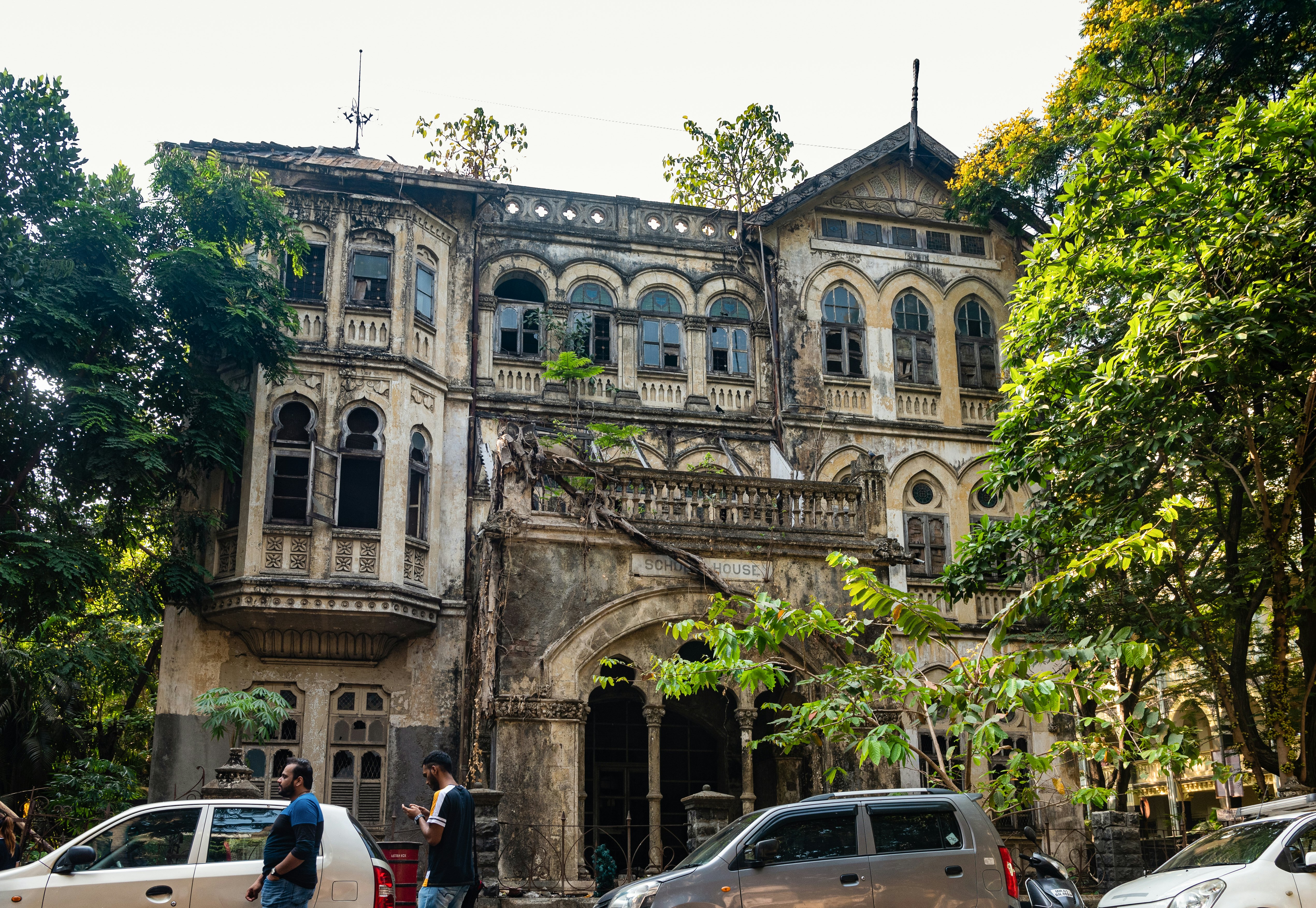
The 30 best countries, cities and regions to visit in 2025

Apr 13, 2023 • 5 min read

Architect Nikhil Mahashur’s Walkitecture tour shows you Mumbai’s history building by building © Alisha Vasudev/Lonely Planet
Lonely Planet’s People You Meet series profiles people we think you should meet on your journey – those who make lasting impressions and help you connect more deeply with the destination.
Nikhil Mahashur knows Mumbai in detail. The cement face in the facade of Holland House. The corner minaret on Majestic Amdar Niwas. The drainpipe gargoyles and stained-glass transom windows at Schoen House.
His passion for architecture crescendos from these details – and his weekly walking tours interweave the city’s rich history with its many diverse architectural styles.
“There’s no place [in the world] where you get so many styles of architecture,” explains Nikhil. “The main reason Mumbai is in the Unesco [World Heritage list] is because nowhere do we have Gothic buildings and art deco side by side.”

Built on Indigenous Koli land, the city that is now Mumbai changed hands between several Indian settlers and invaders before it was colonized by the Portuguese, who named it “Bombay.” Eventually, it would be passed off to English King Charles II in 1661, upon his marriage to the Portuguese princess Catherine of Braganza.
Then an archipelago of seven islands, it would eventually be knit together through intensive reclamation. Colonialism inadvertently created a tapestry of architectural styles cherry-picked from those moments in history, woven with Indian architecture – an already vibrant and diverse set of architectural influences from Central Asia mingled with older, local ones.

An architect and a morning person, Nikhil is zestful at his tour’s 7:45am start time as he points to the Taj Mahal Palace, a luxury hotel in the city’s historic seaside neighborhood of Colaba. On this particular Saturday, his Walkitecture tour of Mumbai starts at what is today the rear of the hotel, but what was at its 1903 construction the front facade.
“If you think about where the pool is today [at the back of the hotel], that’s where carriages would’ve dropped guests off,” says Nikhil.
As he plucks architectural details from the scene – the onion domes of the Indo-Saracenic structure and the Vernacular and Edwardian elements in the buildings opposite it – his excitement is palpable. He’s like someone waiting to tell you something, and eager to see your response. “The dome of the Taj Mahal Palace is still the highest part of the locality,” explains Nikhil. “Since we don’t have lighthouses [in the area], the navy still uses the dome as a triangulation point.”

More such tidbits follow, each more interesting than the last (who knew the ballroom pillars in the Taj Mahal Palace are made of the same spun iron as the Eiffel Tower?) – and with each, Nikhil’s affection for the city of Mumbai grows more apparent.
Nikhil’s appreciation for Mumbai’s architectural marvels grew slowly. “I love glass buildings,” he explains, speaking of the stereotypical buildings that populate most modern cityscapes. “I was ‘grown up’ in architecture, designing and making glass buildings.”

It was only on his morning runs along Marine Dr, a palm tree-lined road overlooking the Arabian Sea that’s rich with art deco buildings, that he had his “aha!” moment. “Every time I ran and I [grew] tired, I used to count the buildings [and] say ‘I’ll do 10 more buildings,’” he says. “As I started looking, I started appreciating the art deco part of Bombay.”
Mumbai has the second-highest concentration of art deco buildings in the world (after Miami), featuring streamlined, nautical-style facades alongside typically Indian and tropical elements. According to Nikhil, these buildings developed as wealthier Indians started seeing the style in France and the United States on their travels, and requesting it from local builders. At the same time, with the country still under colonial rule, Indian architects were allowed admission to the Royal Institute of British Architects; they then imported the art deco style to their work at home.

Eventually, Nikhil’s curiosity to know more about these buildings led him to research them in detail, tucking himself away in libraries and reading rooms until the entire city became an architectural puzzle waiting to be taken apart. “That happened only because of my interest in looking up – and that’s what happens today, we take people on the weekend and make them look up [at buildings],” he explains.
Six years after his first architectural walk, he continues to study each of the buildings featured on his walks, which cover different parts of the city. “There is no book on [Mumbai] architecture that will denote [architectural elements] in detail,” Nikhil sighs. “They’ll tell you this building is Neoclassical, or this is Palladianism, but the rest comes from your knowledge as an architect.”

Which is perhaps why so many Mumbaikars join these weekly walks alongside tourists from all over the world: there simply isn’t an architectural guide to the city that melds its history, its personality and its ongoing evolution as effectively. And Nikhil believes it’s the local residents that really make these walks. For where he knows which architectural elements to point out, or what the books say about a building’s history, it’s the retired policeman who will point to what used to be his former station and talk through the cases the building has borne witness to.
“Each walk with each group is different,” says Nikhil. “That makes it fun for us, too.”
Walkitecture announces its upcoming walking tours via Instagram. Tours are typically conducted on Saturdays at 7:45am for a fee of INR 500 ($6 USD). Private tours can be arranged upon request.
Plan with a local
